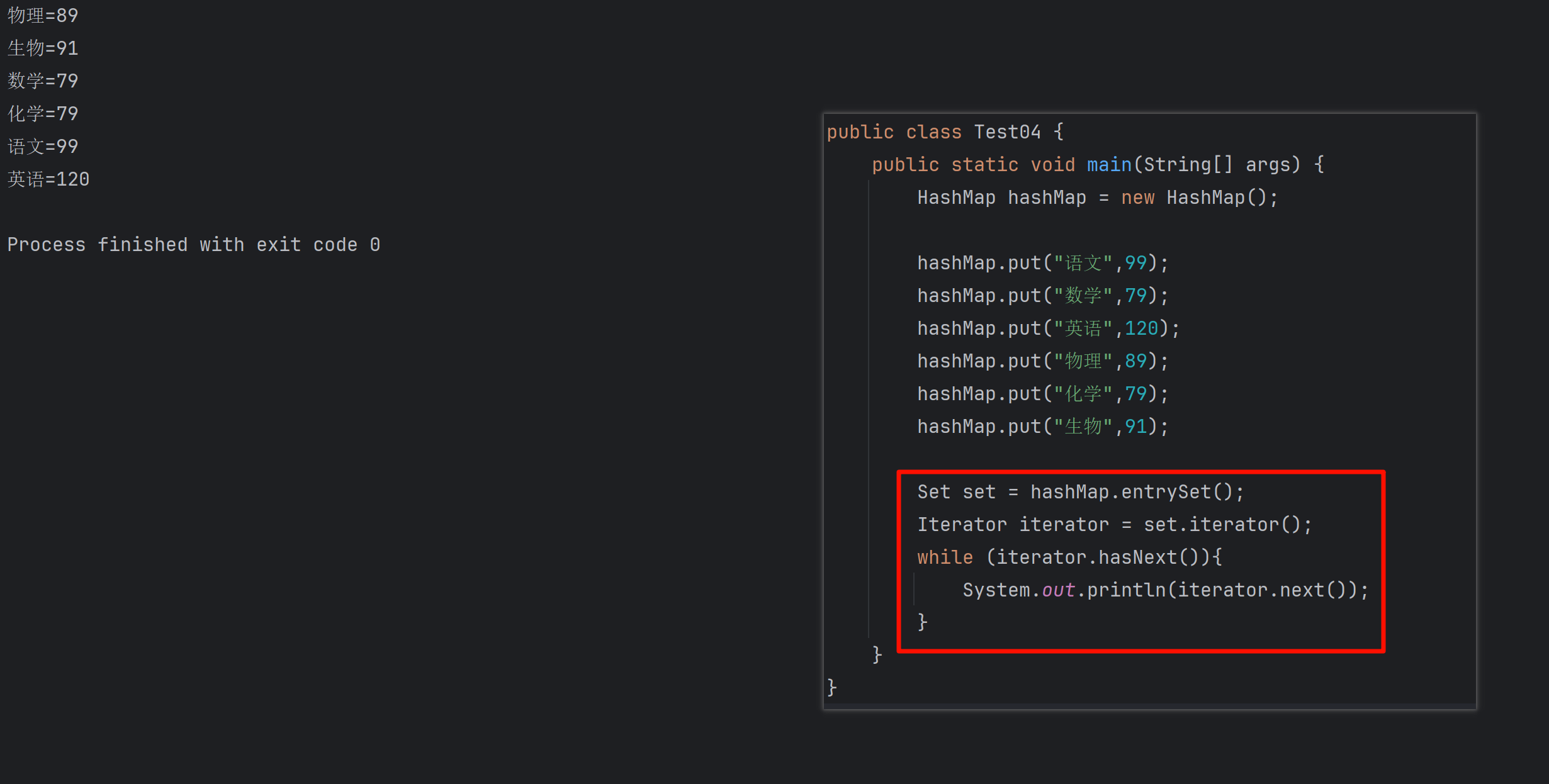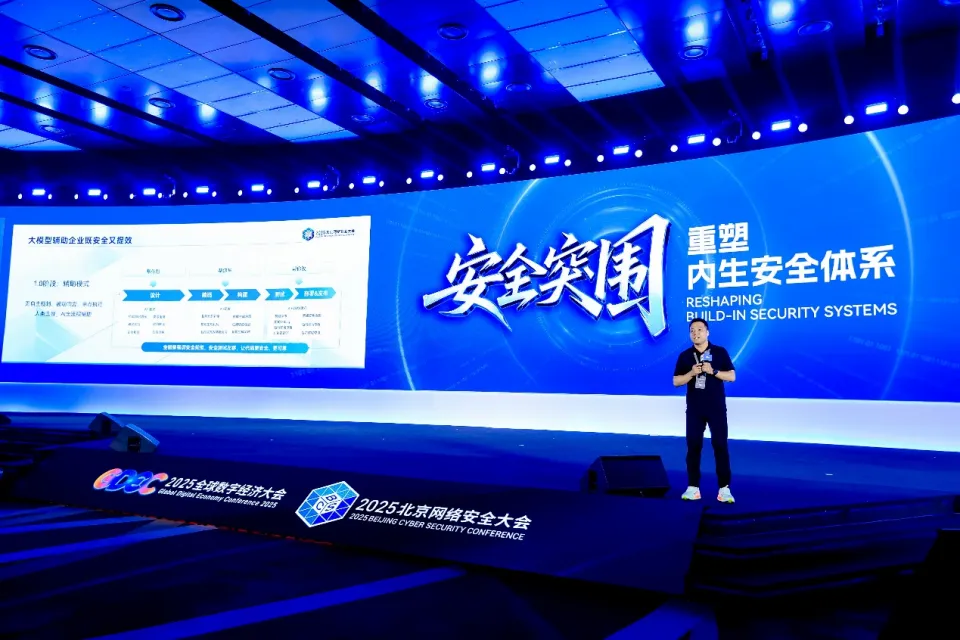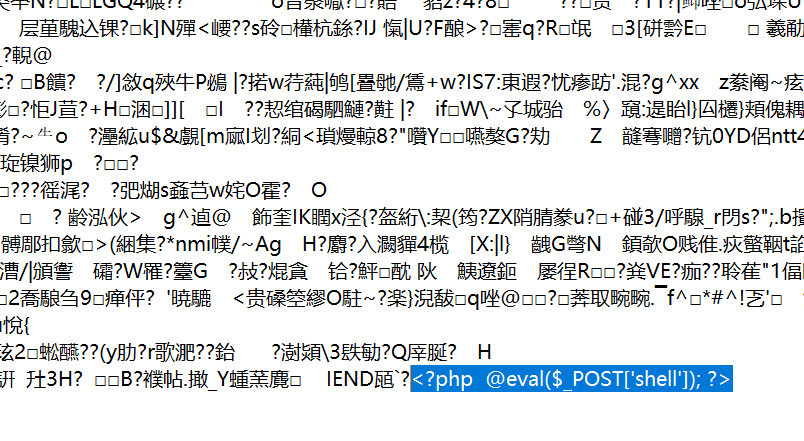Qlik Sense : Fetching data with Qlik Web Connectors
目录
Connecting to data sources
Opening a connector
Connecting to a data source
Authenticating the connector
Defining table parameters
Using standard mode or legacy mode
Standard mode
Connector overview
Using multi-line input parameters to fetch data
Making data request with synchronous, asynchronous, batch, and auto mode
Writing requests
Synchronous requests
Asynchronous requests
Specifying the number of threads
Batch requests
Auto requests
Using URLs instead of file paths
Special parameters
Connecting to data sources
The Qlik Web Connectors let you connect to many web-based data sources from a single web-service. The way you connect to a data source and interact with the Qlik Web Connectors is mostly the same regardless of the data source. This page describes how to open a data source connection and how you select data.
Opening a connector
To open a data source connector, select the Connectors tab.
Connecting to a data source
Tip noteIn this example, we connect to Twitter but the steps are similar for all data source connectors.
Authenticating the connector
Do the following:
- Click on the Qlik Twitter Connector.
-
Under Select Tables, select CanAuthenticate.
Tip noteClick the Authenticate button to open the data source login page in a new window. Make sure your browser is not blocking pop-up windows for Qlik Web Connectors.
-
Enter your account login credentials.
- Copy the authentication code and paste it into the CanAuthenticate table.
- Click Save.
You only have to authenticate the connector once. After you do this, you can run any of the tables for the data source that you logged into. You can also authenticate the connector from any of the other tables.
Defining table parameters
Each connector table is used to select different types of data from your data source. Before the connector can send a request, you need to define some table parameters. Parameters that are required are marked with an asterisk (*).
In this example, we use the Twitter Search Query table to retrieve tweets in English that contain the word Qlik.
Do the following:
- Select Search (simple) from the list of tables.
- In the Search Query box, enter Qlik.
-
In the Language box, enter en for English.

-
Click Save Inputs & Run Table.
The Twitter connector makes a request to get all Tweets in English that contain the search term Qlik.
As the table search is running, you will see its progress bar along the bottom, with a Cancel button if you need to abort. The Data Preview tab, shows a preview of the data so that you can check if the data as expected.
- Click on the QlikView, Qlik Sense (Standard Mode), or Qlik Sense (Legacy Mode) tabs to view the relevant script to copy into your QlikView or Qlik Sense application.
- Click on Copy to clipboard to copy the script.
- Paste the script into your application.
When reloading in QlikView or Qlik Sense, the load script makes the same request to Qlik Web Connectors, which contacts the relevant platform to get the data and stream it into your application.
Using standard mode or legacy mode
Depending on the Qlik Web Connectors and Qlik Sense version you are using, you might need to put Qlik Sense in legacy mode. To do this you have to disable standard mode, which prevents Qlik Sense from creating or running requests from arbitrary URLs. If you have problems running your script in Qlik Sense try disabling standard mode. To learn how to disable standard mode see Disabling standard mode.
Information noteIt is recommended to use the Qlik Web Connectors with Qlik Sense in standard mode.
Standard mode
You can only use the script from Qlik Sense (Standard Mode) tab in your Qlik Sense application if you are using Qlik Sense February 2018 or later.
Do the following:
- In Qlik Sense, Create new connection and choose Web file from the list of data sources.
- Use the URL to your Qlik Web Connectors installation and give the connection a name.
-
Place the following line at the top of your script:
let vQwcConnectionName = 'lib://YOUR_CONNECTION_NAME';
- Replace YOUR_CONNECTION_NAME with the name that you gave to the connection.
Connector overview
Each connector has a number of other tabs:
- Support - Links to the Qlik Help page.
- Settings - Displays the cached data and reset settings option.
- Change Log - Shows the history of changes that have been made to the specific connector
- About - Contains information about version, permissions, and links to other documentation sources.
Using multi-line input parameters to fetch data
Some connector tables let you enter multi-line input parameters for setting, for example, JSON or XML configuration or other input data for a connector. A commonly used example of this is the POST/PATCH/PUT Parameter(s) on the Qlik General Web Connector.

You can type your multi-line parameters directly into the field or you attach a file by specifying the file path.
Example:
@file=c:\path\to\file.txt
A file can be used in conjunction with the ReplaceTokensInFile table in the Qlik Helper Connector.You can have a version of the file that contains placeholder tokens, and then use the ReplaceTokensInFile table to replace these tokens before passing them as a multi-line input parameter to one of the connector tables.
Making data request with synchronous, asynchronous, batch, and auto mode
You can make the following request types with Qlik Web Connectors:
- Synchronous
- Asynchronous
- Batch
- Auto
Writing requests
For/next loops are often used to run a large number of API requests with Qlik Web Connectors. These modes let you extract the maximum performance from Qlik Web Connectors and minimize load time of the QlikView or Qlik Sense application.
For example, if you run a large number of text messages through one of the available sentiment analysis connectors, like Sentiment140, it can result in a long load time.
Example:
LET noRows = NoOfRows('Tweets'); for i=0 to $(noRows)-1 let id = peek('Search_id', $(i), 'Tweets'); let textEncoded = peek('text_urlEncoded', $(i), 'Tweets'); Sentiment: LOAD '$(id)' as Search_id, status as sentiment_status, score as sentiment_score FROM [http://localhost:5555/web/connector/TextAnalyserV2/?table=Sentiment_Sentiment140&text=$(textEncoded)&appID=$(vQWCAppId)format=qvx] (qvx); next
In the script example above, each message is processed sequentially. This means that the sentiment score for the next message cannot be calculated until the current request has completed. If each request takes 250 ms, then it will take 40 minutes to score the sentiment score of 10,000 Tweets.
Many APIs allow multiple requests to be made in parallel from the same client so we can use different request types to improve the performance of the Qlik Web Connectors.
These requests are handled by separate processes on the server or cloud, allowing more requests to be processed per second. The Asynchronous mode allows us to take advantage of this feature.
Some APIs also allow multiple requests to be combined into a single API call, for example sending 1000 text messages in a single request to be processed for sentiment. This is referred to as sending requests in a batch and it is the Batch mode that allows us to take advantage of this feature.
Synchronous requests
Synchronous requests are the default mechanism and all tables of all connectors support this. A request to Qlik Web Connectors results in one or more sequential requests to the underlying API and this is the script you receive when copying the standard generated script from Qlik Web Connectors.
For simple for/next loops, It is possible to simplify the script by using a temporary table.
Example: For/next loop
LET noRows = NoOfRows('Tweets'); for i=0 to $(noRows)-1 let id = peek('Search_id', $(i), 'Tweets'); let textEncoded = peek('text_urlEncoded', $(i), 'Tweets'); Sentiment: LOAD '$(id)' as Search_id, status as sentiment_status, score as sentiment_score FROM [http://localhost:5555/web/connector/TextAnalyserV2/?table=Sentiment_Sentiment140&text=$(textEncoded)&appID=$(vQVSourceAppId)format=qvx] (qvx); next
Example: Temporary Params table
let vQWCAppId = 'test_app'; let vWorkingFolder = 'c:\QlikWebConnectors\Temp\'; let vParamsFile = '$(vWorkingFolder)$(vQWCAppId)' & '_SentimentArgs.txt'; Params: LOAD Search_id as rowKey, Search_text as text resident Tweets; store Params into '$(vParamsFile)' (txt); drop table Params; // Optional. Sentiment: LOAD rowKey as Search_id, status as Sentiment_status, score as Sentiment_score, language as Sentiment_language FROM [http://localhost:5555/web/connector/TextAnalyserV2/?table=Sentiment_Sentiment140& processParamsSync=$(vParamsFile)&appID=$(vQWCAppId)&format=qvx] (qvx);
Create a temporary table named Params that contains the same parameters that are passed in each iteration of the for/next loop above.
There are several important changes to the new script:
- An additional column named rowKey, which is set to the Tweet ID, so we can link it back into the data model when the results come back.
- The Params table is saved as a CSV file. It is important that the user account that is running the Qlik Web Connectors has read access to this file.
Information noteThe parameters in the Params table should not be URL encoded.
Warning noteThere are certain parameters you cannot put in the Params table. In particular, the table or format parameters cannot be used. These should be in the final Qlik Web Connectors request. For a complete list of parameters, see Special parameters
The script makes a request to Qlik Web Connectors but instead of passing the usual parameters, it passes the path of the previously created CSV file using the processParamsSync parameter. We also read back the rowKey and alias ID back to the Tweet ID.
You can apply this method to almost any Qlik Web Connectors request, and it is the basis of the Asynchronous, Batch and Auto modes.
Information noteYou can use rowKey2 and rowKey3 parameters with processParamsSync.
Asynchronous requests
To make asynchronous requests, you simply change the parameter name processParamsSync into processParamsAsync:
Sentiment: LOAD rowKey as Search_id, status as Sentiment_status, score as Sentiment_score, language as Sentiment_language FROM [http://localhost:5555/web/connector/TextAnalyserV2/?table=Sentiment_Sentiment140& processParamsAsync=$(vParamsFile)&appID=$(vQWCAppId)&format=qvx] (qvx);
Qlik Web Connectors attempts to run the requests on a number of parallel threads and the above call only completes when all the requests have finished.
Information noteYou can use rowKey2 and rowKey3 parameters with processParamsAsynch.
Specifying the number of threads
By default, Qlik Web Connectors use a maximum of 30 parallel threads.
You can set an alternative value, between 1 and 50, by including a maxThreads=VALUE parameter in the request.
Batch requests
To make batch requests, you simply change the parameter name processParamsSync into processParamsBatch:
Sentiment: LOAD rowKey as Search_id, status as Sentiment_status, score as Sentiment_score, language as Sentiment_language FROM [http://localhost:5555/web/connector/TextAnalyserV2/?table=Sentiment_Sentiment140& processParamsBatch=$(vParamsFile)&appID=$(vQWCAppId)&format=qvx] (qvx);
Qlik Web Connectors attempt to run the requests using the Batch feature that the API provides, and the above call only completes when all the requests have finished.
Information noteYou can use rowKey2 and rowKey3 parameters with processParamsBatch.
Auto requests
If you want Qlik Web Connectors to decide the best method, you can change the parameter name processParamsSync into processParamsAuto:
Sentiment: LOAD rowKey as Search_id, status as Sentiment_status, score as Sentiment_score, language as Sentiment_language FROM [http://localhost:5555/web/connector/TextAnalyserV2/?table=Sentiment_Sentiment140& processParamsAuto=$(vParamsFile)&appID=$(vQWCAppId)&format=qvx] (qvx);
When you use auto requests, Qlik Web Connectors uses the following rules:
- If the table supports batch mode, Qlik Web Connectors uses this method.
- If the table explicitly supports asynchronous mode, Qlik Web Connectors uses this method.
- Otherwise, Qlik Web Connectors uses the standard synchronous mode.
Information noteYou can use rowKey2 and rowKey3 parameters with processParamsAuto.
Information noteAuto request mode is not recommended because only a few connectors explicitly support asynchronous mode, so Qlik Web Connectors would fall back on the slowest synchronous mode. We recommended that you look at each table you are using and decide whether to use synchronous, asynchronous or batch mode.
Using URLs instead of file paths
When using a processParamsxxx parameter, as well as passing a file location to it, you can also pass a URL beginning with http or https.
Special parameters
Certain parameters can be used by any Qlik Web Connectors connector. These parameters should not be placed in the Params CSV file but specified in the request URL for the table.
| Parameter | Description |
|---|---|
| table | The name of the table requested. Should only be included in the final request. |
| format | Tells Qlik Web Connectors what format to return the data in. As all the data for a given request must be returned in the same format this cannot appear in the Params file. In almost all cases this should be set to qvx. |
| appID | An identifier for your application passed to Qlik Web Connectors allowing it to be logged alongside any errors which may occur. |
| requestStamp | Allows you to specify an id for a request which you can then use to access follow on data from another table related to the request. |
相关文章:

Qlik Sense : Fetching data with Qlik Web Connectors
目录 Connecting to data sources Opening a connector Connecting to a data source Authenticating the connector Defining table parameters Using standard mode or legacy mode Standard mode Connector overview Using multi-line input parameters to fetch da…...

聊一聊 tcp/ip 在.NET故障分析的重要性
一:背景 1. 讲故事 这段时间分析了几个和网络故障有关的.NET程序之后,真的越来越体会到计算机基础课的重要,比如 计算机网络 课,如果没有对 tcpip协议 的深刻理解,解决这些问题真的很难,因为你只能在高层做…...

利用梯度上升可视化卷积核:基于torch实现
利用梯度上升可视化卷积核 文章目录 前言基本原理版本和包结果展示 简单绘图修改源码绘图方法一 方法二(推荐) 报错解决总结 前言 基于梯度上升的可视化是一种常用的技术,用于理解卷积神经网络(CNN)中的卷积核是如何对…...

python+playwright 学习-85 启动参数 proxy 设置代理几种方式
前言 在使用playwright执行代码的时候,如需设置代理,可以在启动的时候加proxy 参数设置代理。 本篇总结下可以加proxy代理的几种方式。 launch 启动全局代理 launch 启动的时候设置全局代理,以下是示例 from playwright.sync_api import Playwright, sync_playwrightwit…...

Clion 搭建Qt projects
Qt projects Qt is a cross-platform C framework for creating GUI applications. Qt uses its own build system, qmake, and also supports building with CMake starting from the version Qt4. Qt是一款创建桌面程序的跨平台的C框架。qmake是Qt自有的构建系统࿰…...

合肥工业大学数据库实验报告
✅作者简介:CSDN内容合伙人、信息安全专业在校大学生🏆 🔥系列专栏 :hfut实验课设 📃新人博主 :欢迎点赞收藏关注,会回访! 💬舞台再大,你不上台,永远是个观众。平台再好,你不参与,永远是局外人。能力再大,你不行动,只能看别人成功!没有人会关心你付出过多少…...
)
设计模式-装饰器模式(Decorator)
设计模式-装饰器模式(Decorator) 一、装饰器模式概述1.1 什么是装饰器模式1.2 简单实现装饰器模式1.3 使用装饰器模式的注意事项 二、装饰器模式的用途三、装饰器模式的实现方式3.1 通过接口和抽象类实现3.2 通过Java反射实现3.3 通过使用第三方库实现 一…...

Java 数据结构篇-实现双链表的核心API
🔥博客主页: 小扳_-CSDN博客 ❤感谢大家点赞👍收藏⭐评论✍ 文章目录 1.0 双链表的说明 1.1 双链表 - 创建 1.2 双链表 - 根据索引查找节点 1.3 双链表 - 根据索引插入节点 1.4 双链表 - 头插节点 1.5 双链表 - 尾插 1.6 双链表 - 根据索引来…...
电脑如何截屏?一起来揭晓答案!
在数字时代,截屏已经成为我们日常生活和工作中的必备技能。无论是为了捕捉有趣的网络瞬间,保存重要信息,还是为了协作和教育,电脑截屏都是一个强大而方便的工具。本文将介绍三种电脑如何截屏的方法,以满足各种需求&…...

【实战-08】flink 消费kafka自定义序列化
目的 让从kafka消费出来的数据,直接就转换成我们的对象 mvn pom <!-- Licensed to the Apache Software Foundation (ASF) under one or more contributor license agreements. See the NOTICE file distributed with this work for additional information …...

深入浅出 Django 异步编程
随着 Web 应用对性能的要求日益提高,异步编程成为了提升响应速度、提高系统吞吐量的重要手段。Django 作为一个成熟的 Python Web 框架,自 3.1 版本开始支持了异步编程。在本文中,我们将探讨 Django 异步编程的关键概念,并提供实际…...

力扣 138. 随机链表的复制
文章目录 1.解题思路2.代码实现 1.解题思路 在原先链表的每一个元素后面插入一个与前一个相同val的值的结点,然后由于是在原链表进行的操作,因此找每个random就变得很方便直接访问即可,此题目的精髓是cur1->randomp->random->next,看懂这串代码…...

STM32外部中断大问题
问题:一直进入中断,没有触发信号,也一直进入。 描述:开PA0为外部中断,刚刚很好,一个触发信号一个中断,中断函数没有丢,也没有抢跑,开PA1为外部中断也是,都很好…...

FPGA配置采集AR0135工业相机,提供2套工程源码和技术支持
目录 1、前言免责声明 2、AR0135工业相机简介3、我这里已有的 FPGA 图像处理解决方案4、设计思路框架AR0135配置和采集图像缓存视频输出 5、vivado工程1–>Kintex7开发板工程6、vivado工程1–>Zynq7100开发板工程7、上板调试验证8、福利:工程代码的获取 1、前…...

KubeSphere v3.4.0 部署K8S Docker + Prometheus + grafana
KubeSphere v3.4.0 部署K8S 1、整体思路2、修改linux主机名3、 离线安装3.1 问题列表3.2 执行命令成功列表 1、整体思路 将KubeSphere v3.4.0 安装包传输到其中一台机器修改Linux主机名(选取3台,修改为master01、master02、master03)安装官方…...
Codeforces Round 908 (Div. 2)题解
目录 A. Secret Sport 题目分析: B. Two Out of Three 题目分析: C. Anonymous Informant 题目分析: A. Secret Sport 题目分析: A,B一共打n场比赛,输入一个字符串由A和‘B’组成代表A赢或者B赢(无平局),因为题目说明这个人…...

Redis笔记 Redis主从同步
文章目录 Redis主从搭建主从架构主从数据同步原理全量同步增量同步repl_backlog原理 主从同步优化小结 Redis主从 搭建主从架构 单节点Redis的并发能力是有上限的,要进一步提高Redis的并发能力,就需要搭建主从集群,实现读写分离。 主从数据…...

数据结构-Prim算法构造无向图的最小生成树
引子: 无向图如果是一个网,那么它的所有的生成树中必有一颗生成树的边的权值之和是最小的,我们称 这颗权值和最小的树为:“最小生成树”(MST)。 其中,一棵树的代价就是树中所有权值之和。 而…...

MFC串口通信(SerialPort)
目录 1、SerialPort类的介绍和使用: (1)、SerialPort类的功能介绍 (2)、SerialPort类提供接口函数的介绍 1)、InitPort函数 2)、控制串口监视线程函数 3)、获取事件,…...

Vim基本使用操作
前言:作者也是初学Linux,可能总结的还不是很到位 Linux修炼功法:初阶功法 ♈️今日夜电波:美人鱼—林俊杰 0:21━━━━━━️💟──────── 4:14 …...
Cesium相机控制)
三维GIS开发cesium智慧地铁教程(5)Cesium相机控制
一、环境搭建 <script src"../cesium1.99/Build/Cesium/Cesium.js"></script> <link rel"stylesheet" href"../cesium1.99/Build/Cesium/Widgets/widgets.css"> 关键配置点: 路径验证:确保相对路径.…...

遍历 Map 类型集合的方法汇总
1 方法一 先用方法 keySet() 获取集合中的所有键。再通过 gey(key) 方法用对应键获取值 import java.util.HashMap; import java.util.Set;public class Test {public static void main(String[] args) {HashMap hashMap new HashMap();hashMap.put("语文",99);has…...
)
postgresql|数据库|只读用户的创建和删除(备忘)
CREATE USER read_only WITH PASSWORD 密码 -- 连接到xxx数据库 \c xxx -- 授予对xxx数据库的只读权限 GRANT CONNECT ON DATABASE xxx TO read_only; GRANT USAGE ON SCHEMA public TO read_only; GRANT SELECT ON ALL TABLES IN SCHEMA public TO read_only; GRANT EXECUTE O…...

OkHttp 中实现断点续传 demo
在 OkHttp 中实现断点续传主要通过以下步骤完成,核心是利用 HTTP 协议的 Range 请求头指定下载范围: 实现原理 Range 请求头:向服务器请求文件的特定字节范围(如 Range: bytes1024-) 本地文件记录:保存已…...

BCS 2025|百度副总裁陈洋:智能体在安全领域的应用实践
6月5日,2025全球数字经济大会数字安全主论坛暨北京网络安全大会在国家会议中心隆重开幕。百度副总裁陈洋受邀出席,并作《智能体在安全领域的应用实践》主题演讲,分享了在智能体在安全领域的突破性实践。他指出,百度通过将安全能力…...

零基础在实践中学习网络安全-皮卡丘靶场(第九期-Unsafe Fileupload模块)(yakit方式)
本期内容并不是很难,相信大家会学的很愉快,当然对于有后端基础的朋友来说,本期内容更加容易了解,当然没有基础的也别担心,本期内容会详细解释有关内容 本期用到的软件:yakit(因为经过之前好多期…...

如何更改默认 Crontab 编辑器 ?
在 Linux 领域中,crontab 是您可能经常遇到的一个术语。这个实用程序在类 unix 操作系统上可用,用于调度在预定义时间和间隔自动执行的任务。这对管理员和高级用户非常有益,允许他们自动执行各种系统任务。 编辑 Crontab 文件通常使用文本编…...
)
C++课设:简易日历程序(支持传统节假日 + 二十四节气 + 个人纪念日管理)
名人说:路漫漫其修远兮,吾将上下而求索。—— 屈原《离骚》 创作者:Code_流苏(CSDN)(一个喜欢古诗词和编程的Coder😊) 专栏介绍:《编程项目实战》 目录 一、为什么要开发一个日历程序?1. 深入理解时间算法2. 练习面向对象设计3. 学习数据结构应用二、核心算法深度解析…...

C++ 设计模式 《小明的奶茶加料风波》
👨🎓 模式名称:装饰器模式(Decorator Pattern) 👦 小明最近上线了校园奶茶配送功能,业务火爆,大家都在加料: 有的同学要加波霸 🟤,有的要加椰果…...

深入理解Optional:处理空指针异常
1. 使用Optional处理可能为空的集合 在Java开发中,集合判空是一个常见但容易出错的场景。传统方式虽然可行,但存在一些潜在问题: // 传统判空方式 if (!CollectionUtils.isEmpty(userInfoList)) {for (UserInfo userInfo : userInfoList) {…...
